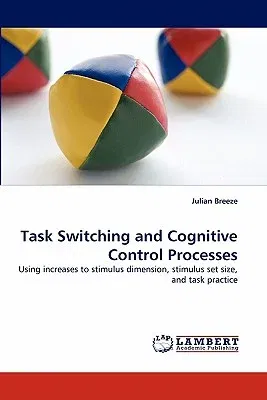Julian Breeze
(Author)Task Switching and Cognitive Control ProcessesPaperback, 18 May 2011

Qty
1
Turbo
Ships in 2 - 3 days
In Stock
Free Delivery
Cash on Delivery
15 Days
Free Returns
Secure Checkout
Print Length
144 pages
Language
English
Publisher
LAP Lambert Academic Publishing
Date Published
18 May 2011
ISBN-10
384439849X
ISBN-13
9783844398496
Description
Product Details
Author:
Book Format:
Paperback
Country of Origin:
US
Date Published:
18 May 2011
Dimensions:
22.86 x
15.24 x
0.86 cm
ISBN-10:
384439849X
ISBN-13:
9783844398496
Language:
English
Location:
Saarbrucken
Pages:
144
Publisher:
Weight:
222.26 gm

